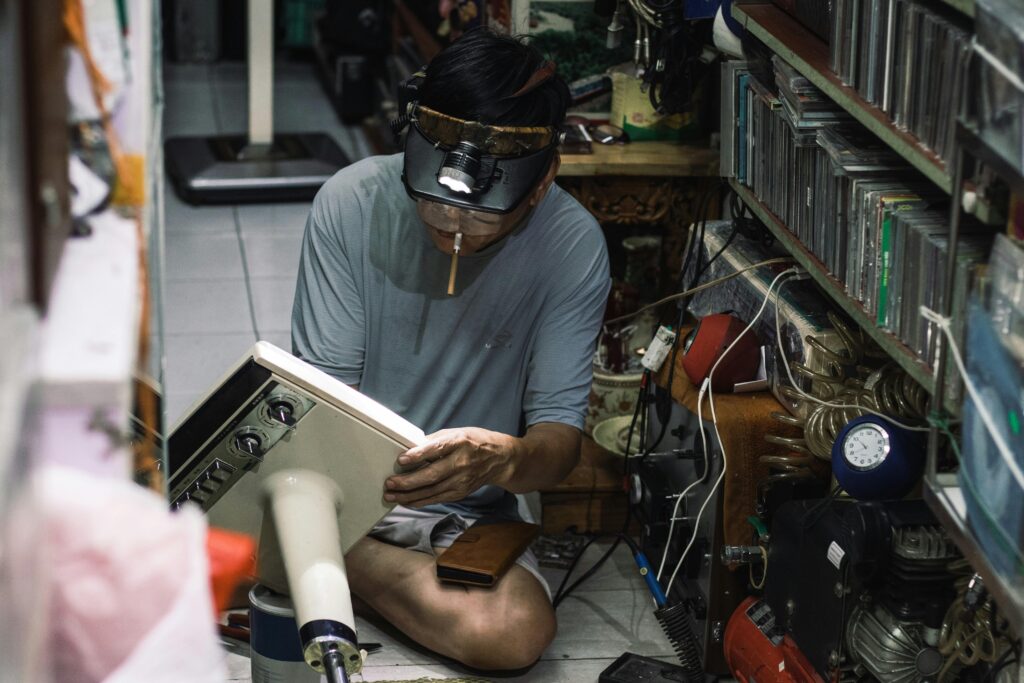Conquer the Heights: Motorcycle Safety Tips for Himalayas

Riding through the Himalayas is every motorcycle enthusiast’s dream. The soaring peaks, winding roads, and breathtaking views promise the adventure of a lifetime. But as thrilling as it is, it also comes with significant risks. To make your Himalayan journey both exciting and safe, it’s vital to follow some crucial Motorcycle Safety Tips for Himalayas.
In this blog, we’ll walk you through everything you need to know to ensure a smooth and secure ride through the world’s most majestic mountain range.
Why Motorcycle Safety in the Himalayas is Critical
Unlike urban or even rural riding, Himalayan roads are challenging, unpredictable, and often unforgiving. Weather conditions can shift in a moment, landslides are common, and medical facilities are often hours away. That’s why understanding and practicing Motorcycle Safety Tips for Himalayas is more than a suggestion—it’s a necessity.
1. Choose the Right Motorcycle
Your motorcycle must be suitable for high-altitude terrain. Cruisers may look cool, but dual-sport or adventure motorcycles are better suited for the Himalayan conditions.
Motorcycle Safety Tips for Himalayas start with the right machine:
Opt for bikes with higher ground clearance.
Choose a motorcycle that can handle rough roads and water crossings.
Ensure it has good luggage mounting options for your gear.
2. Prioritize Regular Maintenance
Never underestimate the importance of a well-maintained motorcycle before a high-altitude ride.
Some key Motorcycle Safety Tips for Himalayas related to maintenance include:
Inspect brakes, clutch, chain, tires, and suspension.
Carry spare tubes, clutch cables, and spark plugs.
Change engine oil and check coolant levels if applicable.
Tighten all bolts—vibrations in the mountains can loosen them.
3. Gear Up: Safety First
Riding gear is your best defense against falls, weather, and road hazards. When following Motorcycle Safety Tips for Himalayas, invest in:
DOT or ECE-certified helmet
Armored riding jacket and pants
Waterproof gloves and boots
Reflective rain gear
Thermal inner layers for colder regions
High-altitude weather can be harsh, so proper clothing is part of your safety strategy.
4. Plan Your Route (and Have a Backup)
Mapping out your route in advance helps you avoid trouble spots like broken roads or avalanche-prone areas. Use offline GPS apps as you might not have internet access.
More Motorcycle Safety Tips for Himalayas:
Always check the status of mountain passes (like Rohtang, Khardung La).
Keep a buffer day in case of roadblocks.
Inform someone of your planned route and check-in times.
5. Acclimatize to Altitude
Altitude sickness is a silent danger. Going too high, too fast can lead to headaches, nausea, and dizziness.
Motorcycle Safety Tips for Himalayas include:
Ascend gradually—don’t rush through altitudes above 10,000 ft.
Stay hydrated and avoid alcohol.
Take rest days and consider altitude sickness pills after consulting a doctor.
6. Ride Cautiously and Defensively
Mountain roads often have sharp turns, blind curves, and narrow lanes. Over-speeding is a recipe for disaster.
Follow these Motorcycle Safety Tips for Himalayas while riding:
Stick to the left (or right, based on country laws).
Use engine braking on descents to avoid overheating brakes.
Honk before blind turns and always stay alert.
Avoid night riding; visibility drops drastically.
7. Learn Basic Motorcycle Repairs
When you’re miles from the nearest mechanic, knowing how to fix minor issues can save your trip—or even your life.
Key Motorcycle Safety Tips for Himalayas include:
Learn how to fix a flat tire and adjust the chain.
Know how to clean/replace spark plugs and air filters.
Carry a basic toolkit and tire inflator.
8. Stay Updated on Weather Conditions
Weather in the Himalayas is notoriously unpredictable. Rain, snow, or fog can appear out of nowhere.
Vital Motorcycle Safety Tips for Himalayas related to weather:
Start early in the day to avoid afternoon rains.
Check real-time weather apps before setting out.
Wait out bad weather instead of risking slippery roads.
9. Pack Smart and Light
Overloading your motorcycle affects balance and control. Pack only the essentials:
First aid kit
Emergency blanket
High-calorie snacks and water
Power bank and torchlight
Motorcycle spares and toolkit
Another of the often-overlooked Motorcycle Safety Tips for Himalayas is securing your luggage properly to prevent shifting during sharp turns.
10. Respect Local Customs and Wildlife
Many Himalayan routes pass through protected forests and tribal areas. Your safety also depends on being respectful.
Responsible Motorcycle Safety Tips for Himalayas include:
Don’t honk unnecessarily—wildlife may react unpredictably.
Don’t litter or disturb local residents.
Avoid aggressive behavior with fellow travelers or locals.
11. Travel in a Group (If Possible)
Solo rides sound romantic, but group travel adds a safety buffer. A buddy system means help is always close.
Team-based Motorcycle Safety Tips for Himalayas:
Assign roles like lead rider, tail rider, and mechanic.
Use intercoms or hand signals for communication.
Always regroup at checkpoints.
12. Emergency Contacts and Permits
Carry photocopies of your ID, permits, insurance, and emergency contact list.
These administrative Motorcycle Safety Tips for Himalayas can save you from bureaucratic trouble in restricted areas like Leh, Spiti, or Tawang.